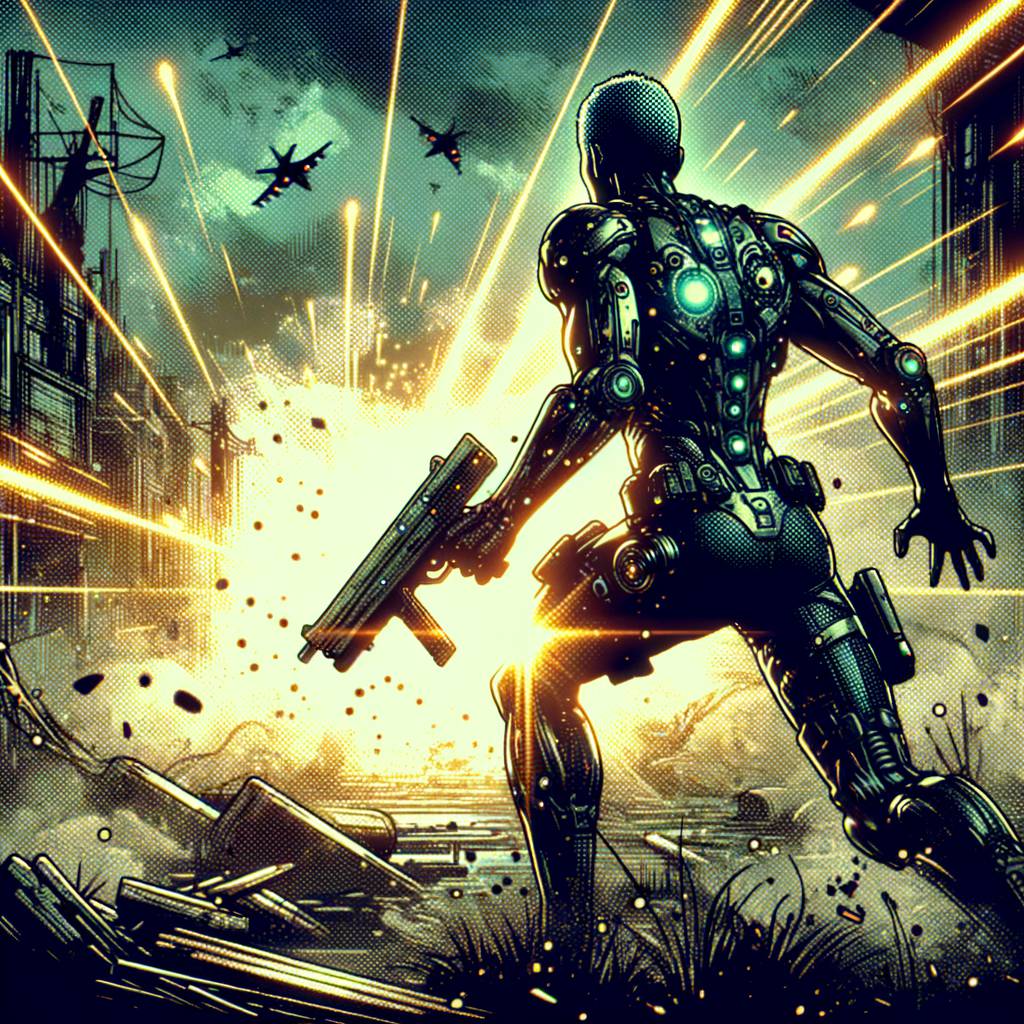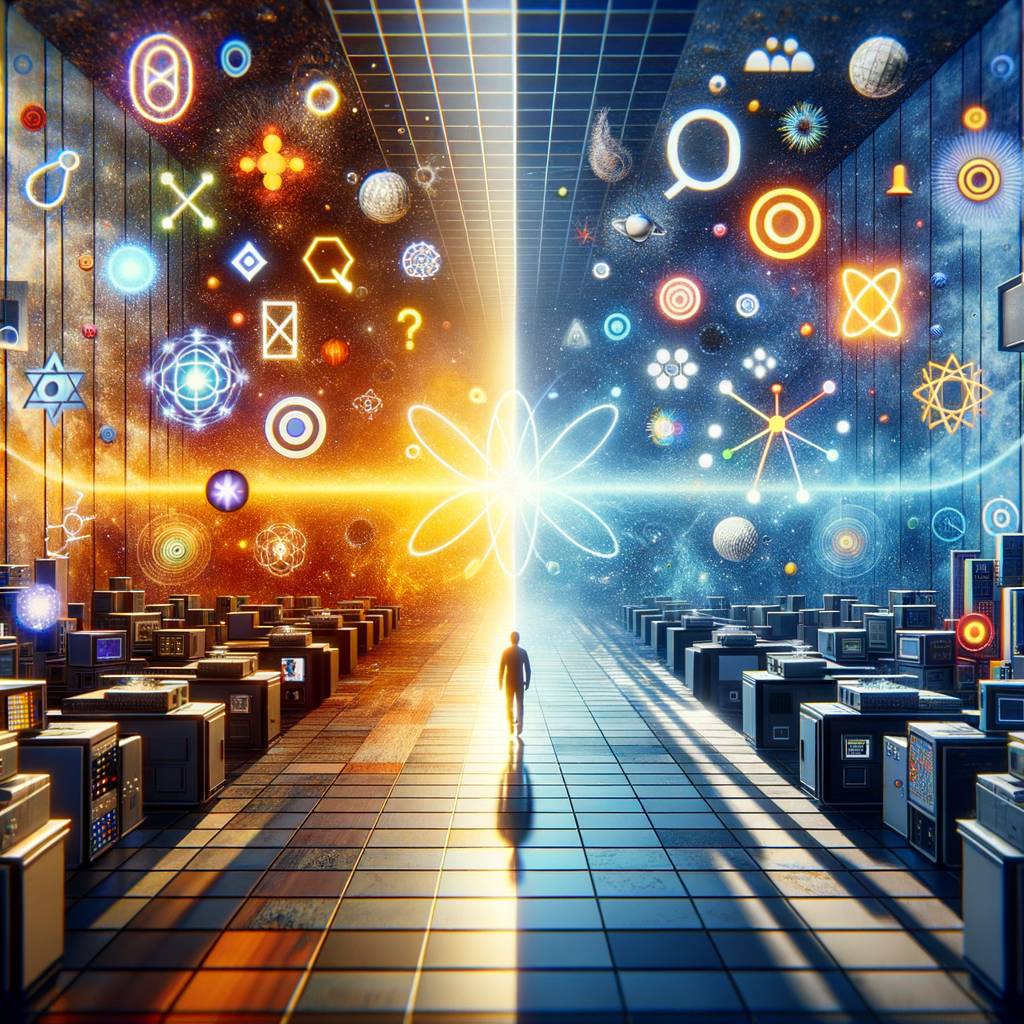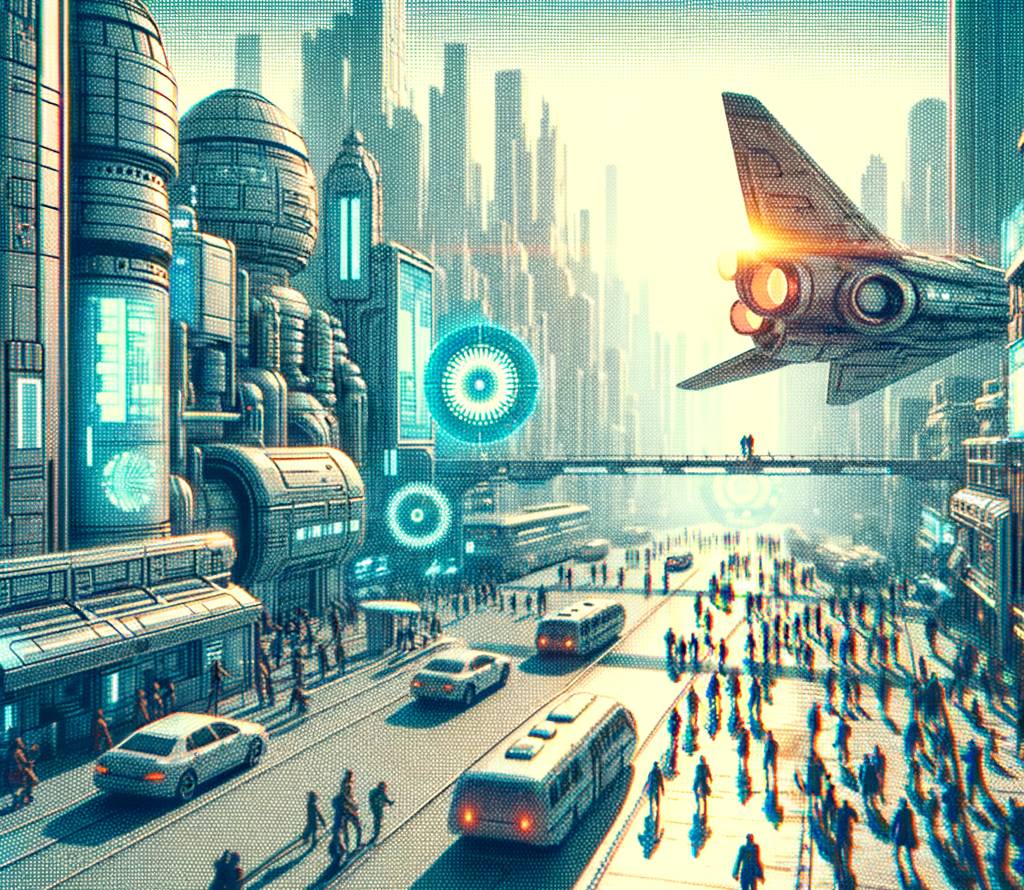Why are so many Science Fiction works dystopian in nature?
Science fiction, a genre that has captivated audiences for centuries, often presents us with visions of the future that are far from idyllic. From the totalitarian regime in George Orwell’s 1984 to the post-apocalyptic wasteland of Mad Max, dystopian themes are a common thread in many science fiction works. But why is this the case? Why do authors and filmmakers choose to depict the future in such a bleak manner?
The Reflection of Societal Fears
One of the primary reasons why many science fiction works are dystopian in nature is that they reflect our deepest fears about the future. As author Ray Bradbury once said, “You don’t have to burn books to destroy a culture. Just get people to stop reading them.”1 This quote encapsulates the fear of a society where knowledge and freedom of thought are suppressed, a theme explored in his dystopian novel Fahrenheit 451.
Similarly, the rise of technology and artificial intelligence has given birth to a plethora of dystopian science fiction works. Movies like The Matrix and Ex Machina explore the fear of machines taking over, while books like Brave New World and Neuromancer delve into the potential dangers of genetic engineering and cybernetics.
A Platform for Social Commentary
Another reason why dystopian themes are prevalent in science fiction is that they provide a platform for social commentary. By presenting a future where current societal issues have escalated, authors and filmmakers can highlight the potential consequences of these problems.
For instance, The Hunger Games series uses a dystopian setting to critique class inequality and the manipulation of media, while Blade Runner explores themes of environmental degradation and the ethical implications of creating artificial life.
The Appeal of Conflict and Survival
Dystopian science fiction also appeals to our fascination with conflict and survival. The struggle against oppressive regimes, the fight for resources in a post-apocalyptic world, or the battle against an artificial intelligence gone rogue – these are all compelling narratives that keep audiences engaged.
Moreover, these stories often feature ordinary individuals who rise to the occasion, demonstrating resilience and heroism in the face of adversity. This not only makes for an exciting plot but also allows us to imagine how we might react in similar circumstances.
Conclusion
In conclusion, the prevalence of dystopian themes in science fiction can be attributed to a combination of factors. These works reflect our deepest fears about the future, provide a platform for social commentary, and appeal to our fascination with conflict and survival. Despite their often bleak outlook, they also offer a glimmer of hope, reminding us of the resilience of the human spirit and our capacity to adapt and overcome adversity.
So, while we may shudder at the dystopian visions presented in these works, we also find them irresistibly compelling. After all, as author Margaret Atwood once said, “Within every dystopia, there’s a little utopia.”2
1 Ray Bradbury, interview with Merv Griffin, 1980.
2 Margaret Atwood, interview with The Guardian, 2015.



